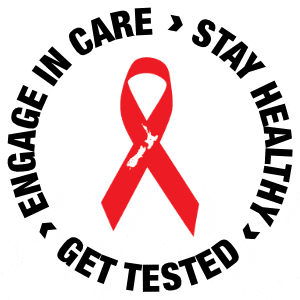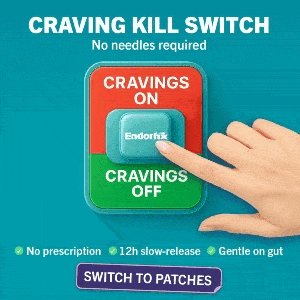Wait – did you just misgender that person out loud? Don’t despair! George Fowler presents a step-by-step guide to saving the situation and making amends.
I bet you’re a good ally. You think trans people are people, you know what pronouns are, and you do your best to address people by the names and words that feel good to them. But let’s say, despite your best intentions, you’ve slipped up and called someone something they’re not. It happens to the best of us. While there’s no way to undo any harm this might have caused, here’s a no-fuss guide to pronoun damage control.
First, let’s talk about pronouns. They’re the little words we use to refer to people when we’re not using their names – you use them every day. Common pronouns include he/him/his, she/her/hers, the singular gender-neutral they/them/theirs and the te reo gender-neutral pronoun, ia. Getting someone’s name and pronouns right is basic manners. For trans people, it’s lifesaving. So reestablishing respect for someone’s identity after misgendering them is critical; here’s how to do it:
Step One: Correct yourself. Do it quickly and purposefully. For example, “Sam went to the store and she, I mean, they bought some candy.” Then carry on. Don’t mumble your correction or ignore that you make a mistake. You’ve just reminded someone of an identity that’s probably heavily associated with trauma and strife for them. Correcting that error out loud is the bare minimum.
Step Two: Quickly apologise and move on. A short “sorry about that” immediately after misgendering someone is often appropriate. However, don’t apologise profusely. I know you probably feel guilty, but saying “I’m so sorry! I feel so bad! I can’t believe I did that!” over and over drags out and calls attention to what is already a very uncomfortable situation for the misgendered person. It also forces that person to do even more emotional labour by reassuring you that “it’s okay, don’t worry about it”, when it’s really not. It’s not a trans person’s job to alleviate your guilt. Keep those big feels to yourself, and carry on.
Step 3: Try your best not to do it again. This is the hard bit. Pronoun proficiency is not just a matter of learning new words: it’s a process of challenging all of our hardwired ideas about gender, bodies and identities that have been drilled into us by the world over decades. Are you struggling to wrap your head around someone’s new identity? Is the singular ‘they’ pronoun not coming to you naturally? Stick with it. Changing language habits takes time and patience, but it’s worth the effort. Practice makes perfect, baby.
Finally, don’t cancel your mates if they slip up. Publicly branding someone a ‘bad person’ for one or two mistakes does nothing to better them. It’s far more likely to alienate them and rob the world of one more potential ally. Be kind, my loves. We’re all learning.
And that’s it! Your guide to rectifying any misgender dilemma – correct, apologise, move on, and do better next time. Too easy.
Go forth and be great trans allies.

Article | George Fowler.
George Fowler is a gender diversity and inclusion consultant, a trans man, and a big queer dingus. By day, he’s a creative coordinator at Te Taumata Toi-a-Iwi. By night, you can catch him as glittery drag king Hugo Grrrl.
























